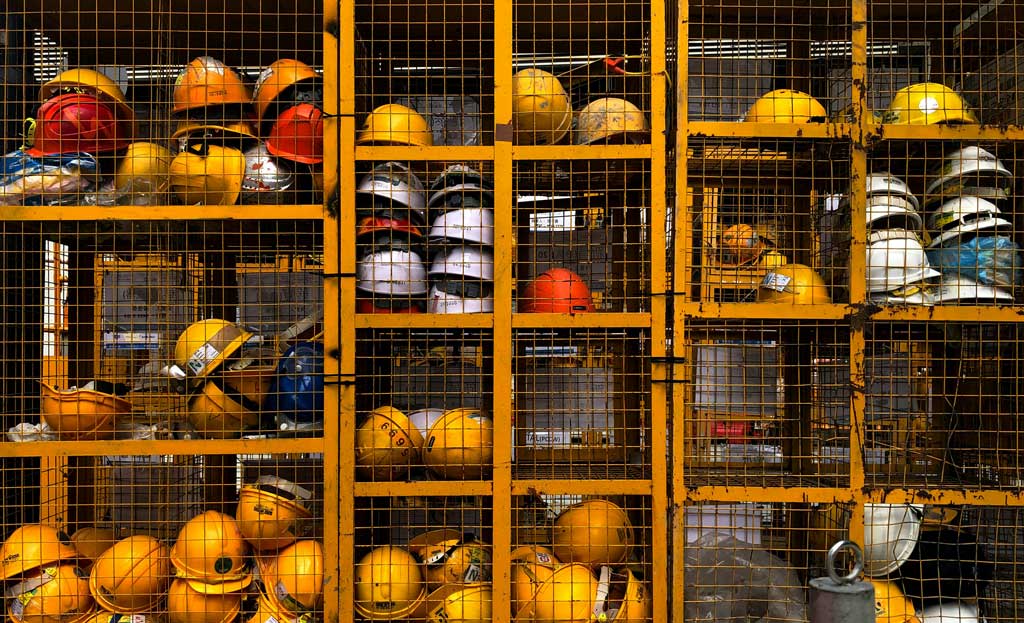Expertise
Our instructors are seasoned professionals with years of experience in the field and understand the environment.

Elevate your team’s emergency management capabilities with our specialised Chief Warden Training, specifically developed for industrial environments. This on-site course is ideal for a variety of industry sectors, tailored to meet the distinct safety requirements of your workplace, ensuring the training is both relevant and highly beneficial for your team’s chief warden roles.
Conducted within your own workplace setting, our Chief Warden Training offers an interactive and practical learning experience. We focus on real-life emergency scenarios that mirror your specific workplace conditions, ensuring the skills acquired are not only effective but also immediately applicable to chief warden responsibilities.
Our course recognises the diverse dynamics of professional teams and places a strong emphasis on advanced leadership, strategic communication, and collaborative emergency management techniques. This approach strengthens team cohesion and significantly boosts the team’s efficiency in orchestrating comprehensive responses to fire emergencies.
Designed to integrate seamlessly with your organisation’s operational schedule, our Chief Warden training reduces interference with your daily activities. The program delves into advanced aspects beyond basic fire response, concentrating on cultivating leadership in emergency situations, advanced situational awareness, and comprehensive emergency preparedness. This equips chief wardens with the expertise to effectively oversee and coordinate fire safety strategies and responses.
Choose our Chief Warden Training for a strategic and impactful method to enhance your team’s emergency management skills in an industrial setting. Choosing this training is a proactive step towards fostering a safer, more adept emergency response team.
Students who are deemed competent will receive a Statement of Attainment, which is recognised under the Australian Qualifications Framework. This training is nationally recognised:
This training has a pre-requisite requirement of:
If you do not hold the pre-requisite unit we can deliver a training session that provides both units.

The RTO responsible under the National Vocational Education and Training Regulator Act 2011 for the quality of the training and assessment being delivered in this course and for the issuance of all AQF certificates is:
Intrinsic Safety trading as Rescue Group Training
RTO No. 45803
Our detailed course outline ensures a thorough grasp of:
We provide a well-rounded assessment process that encompasses both practical tasks and scenarios, as well as written theory assessments, throughout the training. This comprehensive approach ensures a thorough evaluation of your skills and knowledge, allowing you to demonstrate your competency in real-world application and theoretical understanding.
Specific assessment tasks to be undertaken include:
Course Duration & Modes
Each format is tailored to different learning styles and schedules, ensuring effective and efficient Chief Warden Training.
This course can be delivered/assessed in the workplace or at a facility organised by Rescue Group Training.
Our Chief Warden Training is designed to address the specific fire safety challenges faced by a wide range of industries. Understanding that each sector has its unique risks and requirements, we ensure that our training is not only comprehensive but also tailored to your industry’s needs. Here’s how our training is customised for key sectors:
Manufacturing and Industrial:
We focus on emergency coordination in environments with heavy machinery and flammable materials, ensuring chief wardens are equipped to handle industrial-scale incidents.
Healthcare Facilities:
Our training includes strategies for evacuating patients with diverse needs and coordinating staff during emergencies, vital for healthcare environments.
Educational Institutions:
We tailor our program to manage large-scale evacuations in schools and universities, ensuring the safety of students and staff in complex building layouts.
Hospitality Industry:
Our training is designed for rapid guest evacuation and emergency management in hotels and large restaurants, essential for maintaining guest safety.
Office and Corporate Settings:
We cover scenario-based training for high-rise buildings and corporate campuses, focusing on efficient evacuation coordination and emergency response.
Retail and Shopping Centres:
Our course includes managing emergency situations in busy retail environments, ensuring public safety and effective evacuation strategies.
Construction Sites:
Training focuses on handling fire emergencies in construction settings, where quick response and coordination are key.
Chemical and Petroleum Industries:
We provide specialised training for managing fire emergencies involving hazardous materials, a critical requirement in these industries.
Transportation Hubs:
Our program covers the coordination of fire emergency responses in busy airports, train stations, and bus depots.
Public Sector and Government Buildings:
We focus on emergency management in high-occupancy public buildings, ensuring the safety of employees and the public.
Entertainment and Recreational Venues:
Our training is tailored for managing large crowd evacuations in cinemas, theatres, and sports stadiums.
By choosing our Chief Warden Training, you are ensuring that your team is equipped with the skills and knowledge to effectively lead and manage fire emergencies, tailored specifically to the needs of your industry. This training is a crucial step towards enhancing safety and preparedness in a variety of critical sectors.
For comprehensive details on your rights and responsibilities, including our complaints and appeals process, kindly refer to the Pre-Enrolment Participant Handbook on our website.